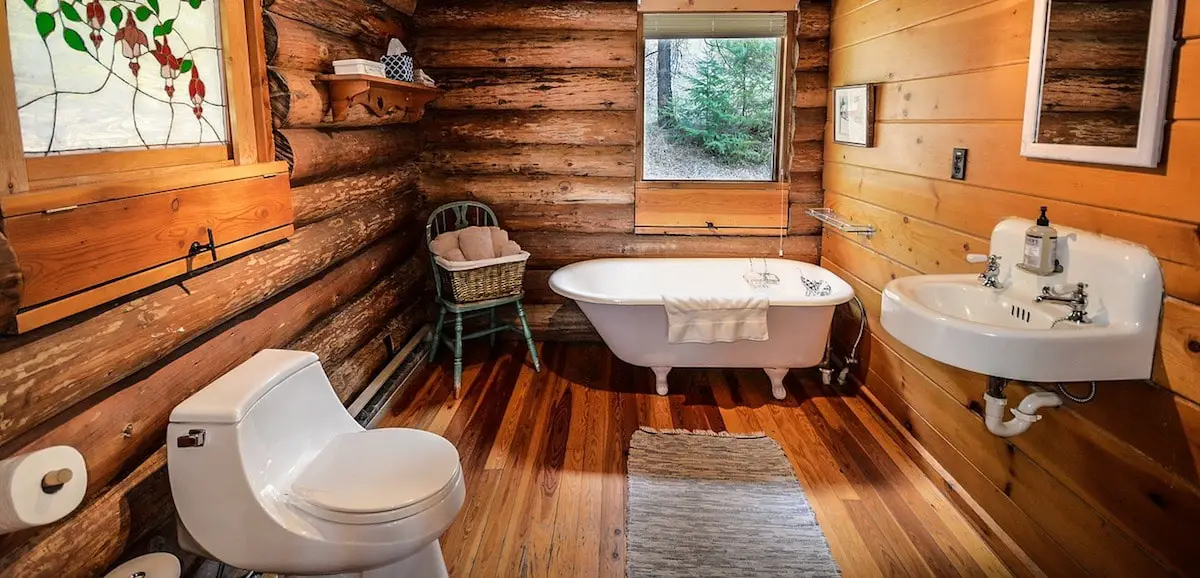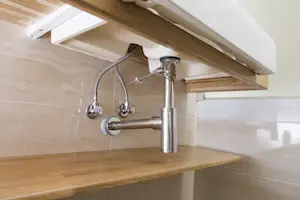Mold can strike anytime and do damage to your house. Mold remediation can be quite expensive, which is why insurance is needed. However, mold is usually harmless and can be found anywhere. The problem arises when moisture builds up as that is when mold thrives. Undetected moisture that is present persistently can cause a lot of problems, which can result in the growth of mold. The moisture that results in the build-up of mold can be due to humidity, roof leaks, or flooding. Does homeowners insurance cover damage caused by mold?
Whether your home insurance covers mold damages depends entirely on the source of this moisture. If mold was caused by sudden and unexpected water damage, home insurance may cover the mold damage. However, if mold is caused by a slow and gradual water leak, insurers will consider that mold to be preventable and will deny such a claim. Usually, the water damage portion of your insurance policy will talk about mold insurance coverage. There might be some limitations and exclusions, so you will have to review the insurance policy to understand what it covers.

Home insurance and mold

Normally, home insurance policies exclude coverage of mold damages that are caused by fungi or bacteria. However, this doesn’t mean that claims for mold damages will be entirely denied. Insurance companies usually avoid paying homeowners for mold damages that are the result of carelessness. They expect homeowners to maintain their houses and pay attention to damage when it starts to appear.
Insurance is only provided in the case where a covered peril is the root cause of the mold. This can be best explained through an example. Say there is mold due to a pipe bursting, which is covered by your insurance. The mold damage will then be covered by the insurance company. This is because the mold has been created due to the pipe bursting. Had the mold been formed due to negligence on the owner’s part, a claim could not have been made.

Most insurance companies view water damage and mold damage in the same way. Homeowners make claims under the water damage policy and get coverage for mold damage as well.
In the 2000s, when excessive mold claims started to pour in, limitations on mold coverage were adopted. The amount of coverage provided for mold damage had a maximum limit, which usually fell between $1000 to $10,000.
Policies were also introduced which didn’t cover mold damages resulting from floods. Separate flood insurance was introduced to deal with this issue.
Are mold and water damages covered in my policy?
Mold damage is most commonly caused by water damage, but not all insurance policies cover water damages. While accidental water damages such as pipe bursting and cracking of water tanks are covered by most policies, the standard insurance policies normally do not cover mold damage caused by slow water damage that has been allowed to fester.
Hence, you need to maintain your house and take care of any issue as it arises. If you file a claim for water damage as soon as it arises, you won’t have to pay for any expensive mold remediation out of pocket.
With more and more people opting for mold claims, insurance companies are trying their best to avoid these claims. Hence, you need to make sure before signing the agreement that it covers mold damage as well. Policies may vary, which is why you have to be careful when it comes to selecting a policy.
Is mold in the attic or bathroom included in my plan?
The answer to this question depends entirely on the circumstances. If you reported the incident instantly, the insurance company might approve your claim.
A simple example to explain this situation is a burst pipe. If you report the incident correctly to the insurance company without any delay, it will compensate. On the other hand, if you keep delaying and inform the insurance company after several months when the damage has become even more severe, the company will hold you responsible.
When talking about mold in the attic, you may not notice it for quite some time. You need to be vigilant in these cases and check your house for mold regularly.
As far as the mold in the bathroom is concerned, the approval of your claim depends entirely on what caused the mold. If it is due to leakage, the company will compensate, but if the mold appeared due to a lack of attention on your part, you will be held responsible.
When does insurance not apply to mold damage?
There will be scenarios when your home insurance will not cover mold damages. For instance, as stated before, your insurance provider will not approve your claim when mold damage has been caused because of your lack of attention. If the mold could have been controlled by the homeowner, the insurance policy doesn’t apply.

Black mold
Mold is usually green but turns black when the situation gets serious. This means action should be taken for its removal. A black mold is a serious kind of mold that is toxic and requires professional service for removal.
Will your home insurance policy cover this damage? Again, this depends on the circumstances. If the damage has been caused by scenarios, not in your control, the insurance company will provide coverage. However, if the cause of damage is entirely negligence on your part, a claim cannot be opted for.
How to avoid mold growth
Certain measures can be taken that help prevents the growth of molds:
Cut down humidity
If you reside in areas where humidity levels are high, it is important that you take steps to reduce humidity. Air conditioning is one solution to reduce humidity. You could also get humidifiers for this purpose.
Ventilation
Ventilation allows fresh air to pass in your house, aiding in the reduction of mold.
Careful selection of carpeting
Certain carpets can attract mold, which is why one has to be careful when placing carpets. Furthermore, carpets need to be cleaned on a timely basis.
Cleaning
Make sure that your gutters are properly cleaned. If cleaning isn’t done regularly, it can result in leakage and ultimately lead to mold.
Does home insurance cover mold damage?
Home insurance covers mold damage if it is the result of a named peril in your policy, such as a burst pipe or a tree falling on your roof during a rainstorm. However, mold coverage is not guaranteed by your home insurance policy and it may have limitations and exclusions.
When does home insurance not cover mold damage?
Home insurance does not cover mold damage if it is caused by preventable maintenance issues, such as leaks, humidity, or poor ventilation. Home insurance also does not cover mold damage caused by flooding or other natural disasters, unless you have a separate flood insurance policy.
How much does home insurance pay for mold damage?
The amount that home insurance pays for mold damage depends on your policy limits and deductibles. Some policies may cap mold removal and remediation at a certain amount, such as $10,000 for a single occurrence. Others may offer higher coverage limits or optional endorsements for additional protection. You should check your policy details or talk to your agent to find out how much coverage you have for mold damage.
How can I prevent mold damage in my home?
You can prevent mold damage in your home by keeping it dry and well-ventilated. You should inspect your home regularly for signs of water damage or mold growth, such as blistered wood, bubbles in wallpaper, discarded wings, or musty odors. You should also repair any leaks or cracks in your plumbing, roofing, or foundation as soon as possible. Additionally, you can hire a professional mold remediation service to treat your home and prevent future infestations.
How can I file a claim for mold damage?
If you have mold damage that is covered by your home insurance policy, you should contact your insurer as soon as possible to file a claim. You should document the damage with photos and receipts and keep a record of your communication with the insurer. You should also follow the instructions of your insurer regarding the cleanup and repair process. Depending on the extent of the damage, you may need to hire a licensed contractor or a certified mold remediation specialist to restore your home.
Conclusion
Even after taking the utmost care, it is possible for mold to harm your house. Home insurance may cover mold damage if it is caused by a covered peril in your policy, but not if it is caused by preventable maintenance issues or flooding. You should check your policy limits and deductibles for mold coverage, prevent mold growth by keeping your home dry and ventilated, and file a claim with your insurer if you have mold damage.

